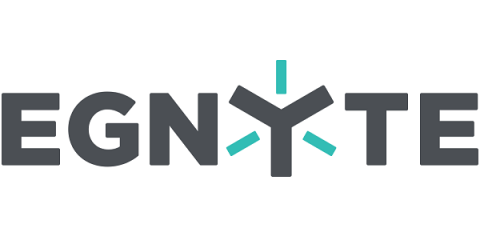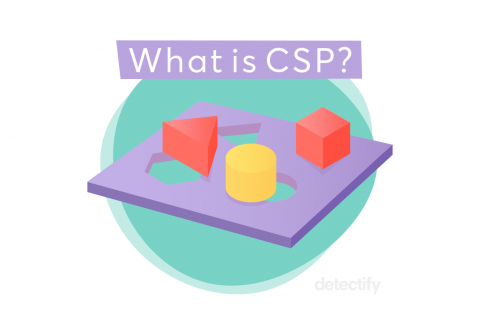Jira Security Vulnerability CVE-2019-11581
On 10 July 2019, Atlassian released a security advisory for a critical severity vulnerability in most versions of Jira Server and Jira Data Center. The vulnerability was introduced in version 4.4.0, released in 2011, and affects versions as recent as 8.2.2, released on 13 June 2019. The good news is that users of Jira Cloud are not affected. But how many organizations are running Jira Server or Jira Data Center, and are vulnerable to this attack?








